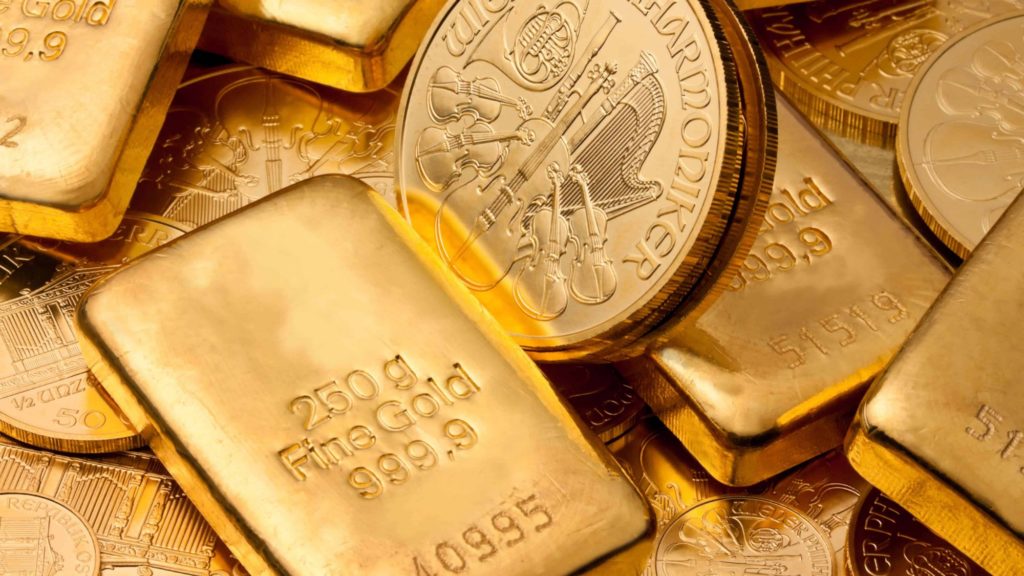Digital Gold Explained
Picture a scene — A mother sits across from a jeweller, with her soon-to-be adult daughter beside her. They’re examining new “sets” to decide on for their next purchase. Perhaps it’s for the daughter’s future trousseau; maybe it’s time for their semi-annual gold purchase or is an impulse buy because the family’s come into some funds.
Now step back for a moment.
Do you realise that this scene could play out exactly the same for successive generations? If you change the apparel or add a sepia tone for nostalgia, you would surely believe it if I told you this happened once upon a time with the mother, or for that matter, her grandmother.
This is simply the nature of gold buying in India.

As one of our oldest and most trusted stores of wealth, we see gold as an integral part of a family’s endowment to the next generation. But there’s no reason why the customer experience needs to remain rooted in the past, requiring the buyer to be aware of market prices in gold, seek out various agents, vendors and middlemen and negotiate a price.
Meanwhile, selling gold requires the same difficult process in reverse.
When technology has changed the face of how we eat, shop, travel or stay connected, why should gold be left behind? That’s where digital gold steps in — an innovation to help gold become more functional, simple and efficient, by improving on what’s tried and tested.
So what is Digital Gold?
Simply put, digital gold is a method of investing in physical Gold without needing to physically hold the gold yourself. Sellers of digital gold services (like SafeGold) allow the buyer to transact via an app to buy gold in even small amounts to incrementally build up gold holdings. Customer gold is stored in a vault and they are free to sell or convert to physical gold at their convenience.
